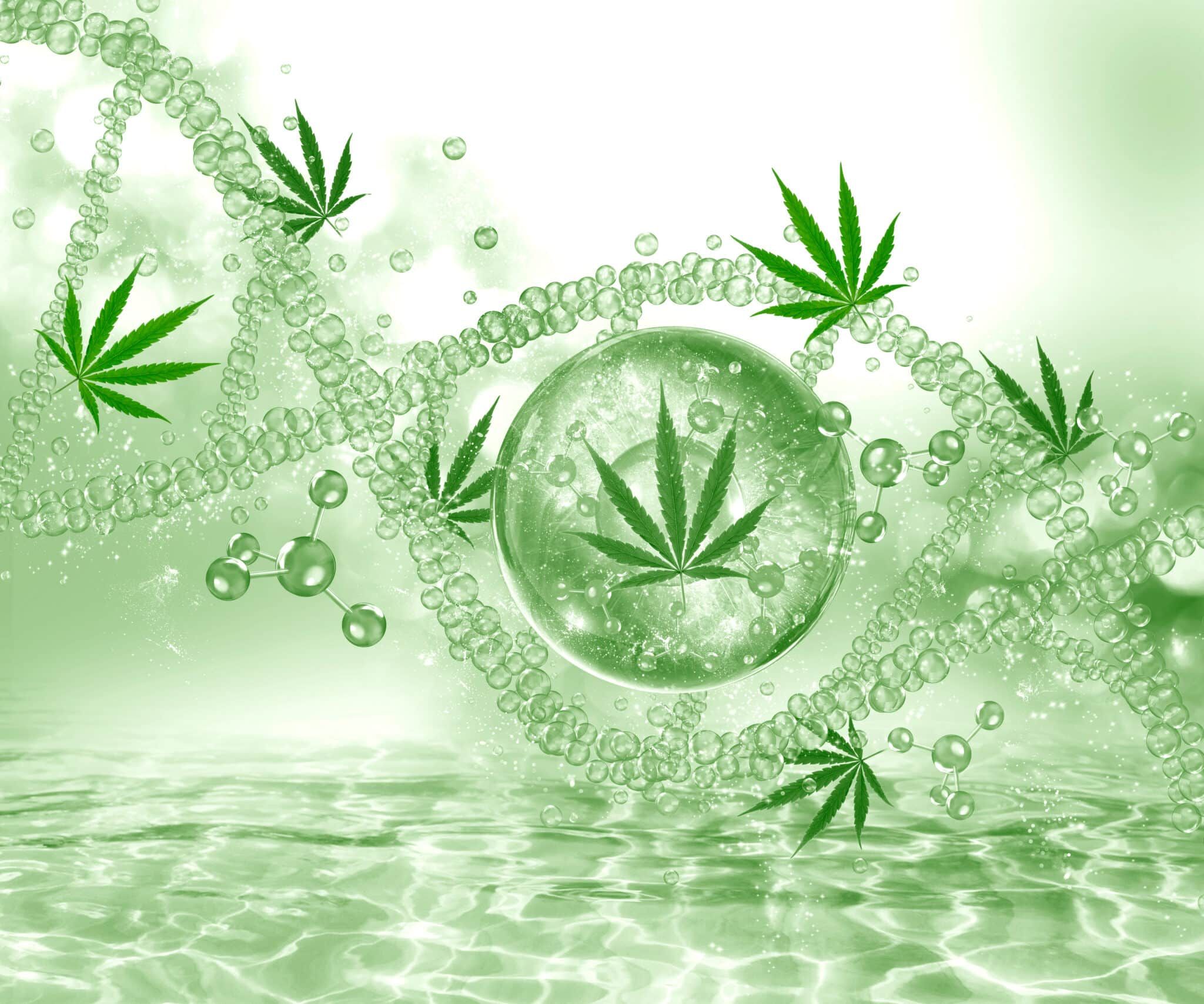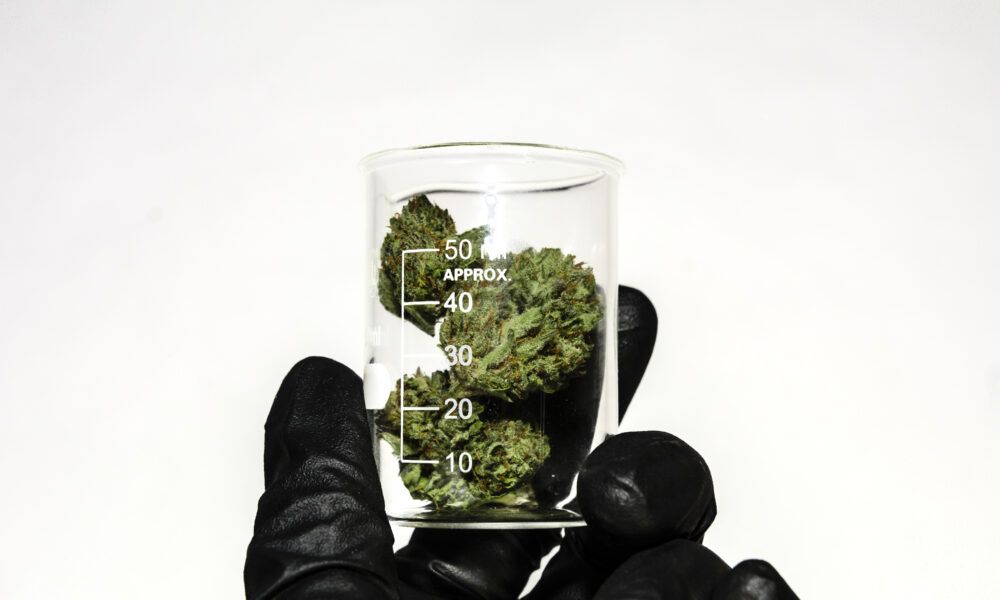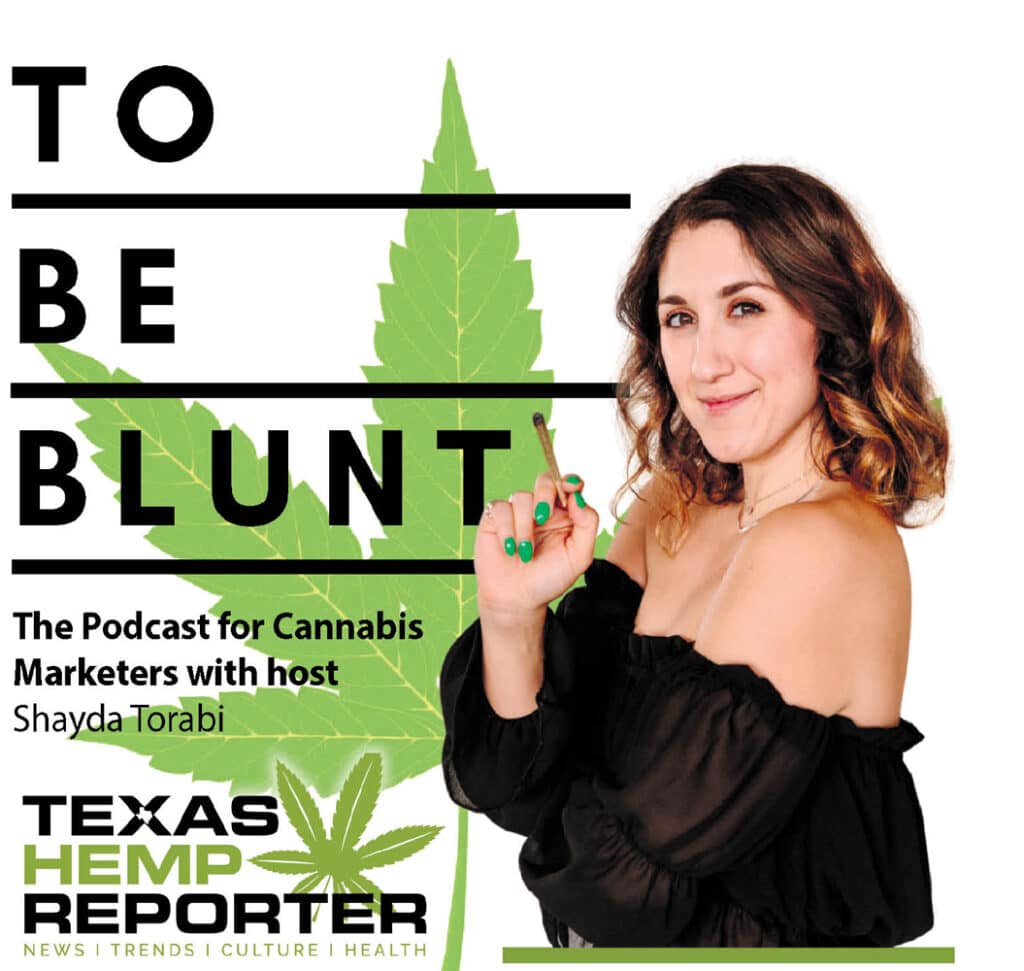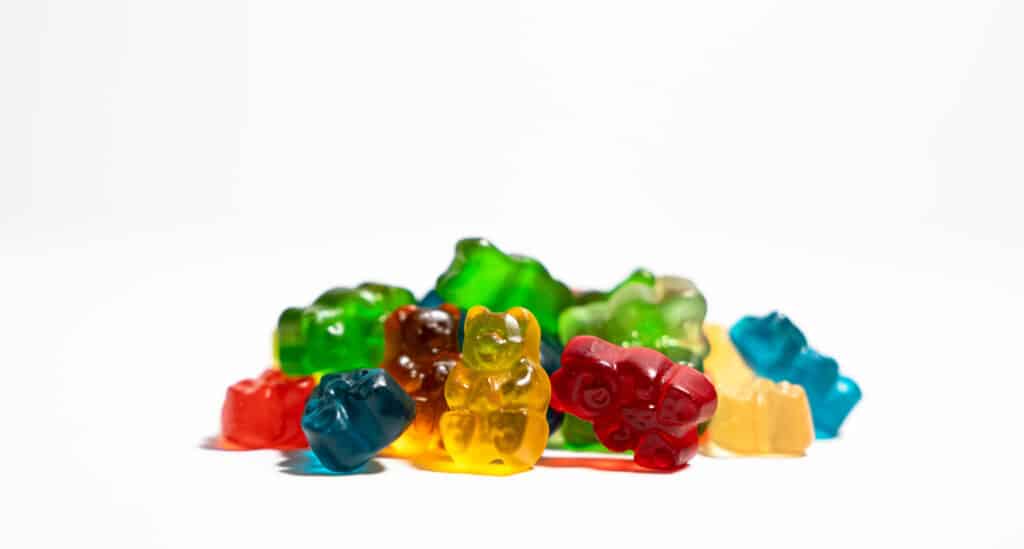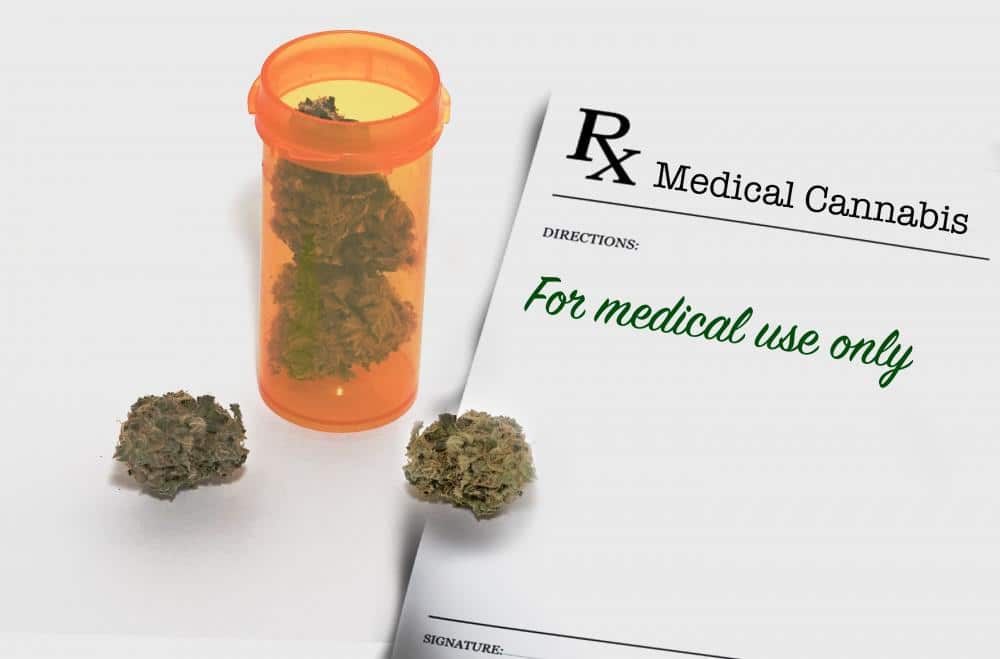The Parable of the Two Molecules
On a quiet morning in a town that could be anywhere—though, in truth, it sits under a
blazing Texan sun—two figures stand at a crossroads. One is an old farmer, face lined
with decades of toiling in the fields, familiar with the gentle hum of wind through
cannabis leaves. He smiles easily, remembering a time when all he had was the plant,
its naturally occurring Delta-9 THC dancing beneath the sun, a secret he could trust.
The other figure, a young chemist in a crisp white lab coat, fresh from a makeshift
laboratory hidden behind a steel door, cradles a vial of something new, something
strange: a synthesized cannabinoid conjured not by nature, but by human ingenuity.
They meet by a rickety wooden sign that reads: “HEMP—0.3% THC LIMIT.” It’s a relic
from a not-so-distant past, a guideline that changed the course of everything. On one
side of the sign, fields of hemp sway under legally sanctioned skies, their Delta-9 THC
content tightly bound by regulation. On the other side, a world of possibility and
confusion blooms—hemp-derived molecules twisted, converted, and reshaped into
something both eerily familiar and unstintingly new: Delta-8, THCP, HHC, and more.
The farmer remembers a hypothetical: If you could hop into a time machine—say, back
to 2018—and whisper in the ear of a president, “Legalize cannabis outright,” would all of
this tinkering have been necessary? Would there be a room full of chemists bending
molecules to comply with laws rather than to discover truth? One timeline might have
yielded an abundance of natural Delta-9 THC, openly grown, studied, and enjoyed
without the shadowy dance around percentages. But in the timeline we have, clever
minds spotted a legal loophole and seized it. Thus, a new era was born.
The chemist, for their part, isn’t some cartoon villain. They are a seeker of knowledge.
They might say, “Nature is wondrous, but so is the human mind. If we can create a
molecule that offers therapeutic benefits that Delta-9 can’t, why not do it?” Yet the
farmer counters, “If we’d just started by legalizing the original plant, would we have even
bothered? Isn’t Mother Nature’s original blueprint enough?”
People come from all corners to argue. Some say these synthetic cannabinoids have
opened doors: they’ve allowed consumers in places like Texas to experience something
close to the Delta-9 high without openly defying the law. They’ve ushered in a future
where new pharmaceuticals and nutraceuticals might arise—substances that could help
ailments where old solutions fell short. Others warn of unknown dangers. Unregulated
synthetics have sent people reeling into hospital beds, their minds spinning into worlds
they never wanted to see. Safety data is thin, and no one’s quite sure what happens
when these new molecules dance in human biology over the long term.
In the distance, smoke rises from another battlefield. Texas lawmakers threaten to end
all THC sales—Delta-9, Delta-8, and everything in between—citing confusion, public
safety, and unforeseen consequences of the hemp loophole. Thousands of shop
owners face ruin. Consumers who rely on these cannabinoids for relief may lose their
access entirely. This ban wouldn’t just target the chemists and the labs; it would also
strike at the humble farmers and their fields of green. One might ask: Whose fault is this
tightening noose? The natural Delta-9 that sparked fear long ago, or the synthetic
creations that emerged only because Delta-9 was kept at arm’s length?
And what of medicine? The Texas Compassionate Use Program (TCUP) only permits
naturally occurring cannabinoids. There’s a sanctity, it seems, in what the plant chooses
to provide. Yet, shouldn’t we at least ask if the new synthetics deserve study and
scrutiny in clinical environments? Could they be tamed, understood, and perhaps one
day trusted? Or should they remain at the edges, a wild frontier too dangerous to bring
into the doctor’s office?
These questions swirl like smoke in the twilight air. The farmer and the chemist watch
the horizon. They know lawmakers, lobbyists, patients, and business owners are all
involved—everyone is shouting, everyone is pushing, everyone is pulling. It’s a war of
definitions: What is natural? What is safe? What should be allowed? And beneath these
questions lies an even deeper one: Who are we to decide what belongs in our bodies,
and at what cost?
By now, we are all standing at that crossroads, squinting into a future fogged by
uncertainty. Does the “natural” inherently mean safer, better, more ethical? Or does
human innovation hold a torch that illuminates pathways nature never considered? If
time were reversed, would we just legalize Delta-9 THC and spare ourselves this maze
of molecular modifications? Or would we still crave something new, different, and
perhaps better?
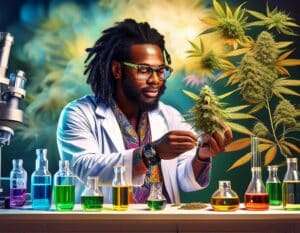
In the end, the figures fade, and we are left with the riddle itself. Just as Hamlet once
pondered “To be or not to be,” we are left wondering: to inhale the old ways or embrace
the new; to trust nature’s leaf or trust the alchemy of the lab; to ban them all or find a
delicate balance.
We stand, each of us, at that same dusty crossroads, knowing there is no easy answer.
In our hesitation, we discover that we are not truly debating chemistry or law. We are
asking who we are as a society—our values, our hopes, our fears. And perhaps, in that
silent pause, we will learn something about existence itself.


